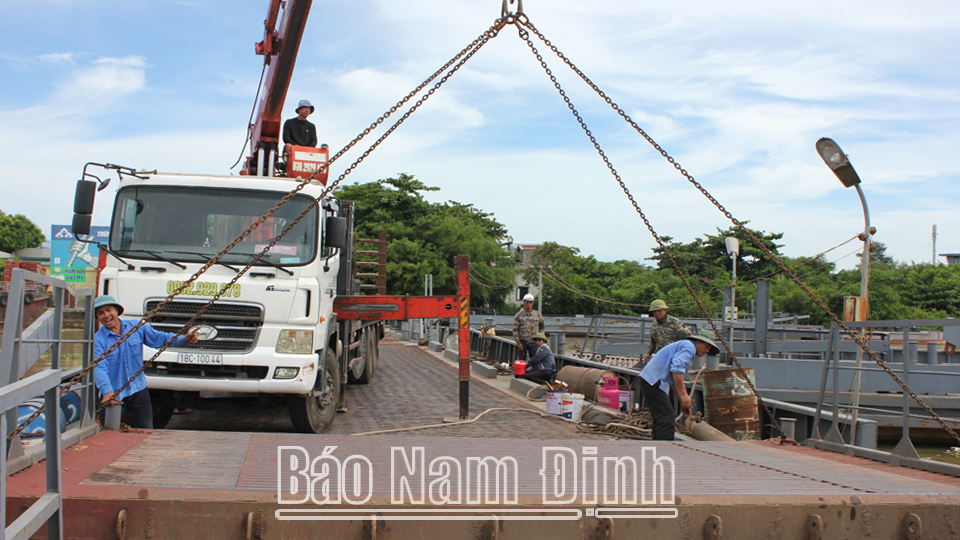 |
| Repairing Ninh Cuong pontoon bridge ensures safe operation during the storm season. |
According to the National Center for Hydro-Meteorological Forecasting, in 2025, unusual weather and climate phenomena are still likely to have strong fluctuations, so it is necessary to pay attention to prevent strong storms with complex movements, localized heavy rains, and other dangerous weather phenomena nationwide, especially during the rainy and stormy months. With the spirit of not being subjective and taking it lightly, it is necessary to regularly monitor the developments of natural disasters, storms and tropical depressions when they are likely to make landfall, especially be on guard against strong storms with complex movements to minimize the damage of natural disasters, ensure order and safety of waterway traffic, from the beginning of 2025, implementing the direction of the Government and the Provincial People's Committee, the Provincial Traffic Safety Committee in April 2024, the Department of Construction has developed and issued a plan for natural disaster prevention, control and search and rescue (PCTT and TKCN) in the Construction sector in 2025, focusing on PCTT plans for the inland waterway sector; response plans, overcoming incidents on inland waterways when situations occur...
To proactively minimize damage caused by natural disasters, the Department of Construction requires units to proactively inspect and organize regular maintenance according to the quarterly plan, 2025 and the first months of 2025 of the road and waterway systems managed by their units, inspect weak bridges, bridges at risk of collision due to the rapid increase in the number of inland waterway vehicles, inland waterway signaling systems to promptly supplement signs, signal lights, anti-collision equipment; strengthen the work of checking the waterway to handle incidents, violations of waterway safety corridors to better serve the tasks of PCTT and TKCN. For units assigned to manage the ferry system and pontoon bridges, they must assess the current status of the ferry system, canoes, and vehicles must ensure registration and inspection requirements; clean both ends of the wharf according to regulations; equip anchors, cables, life jackets and life-saving equipment according to standards. Inspect and urge units to repair river crossing vehicles, strengthen management and organization of operations. Maintain adequate supplies and spare equipment, proactively assign leadership, arrange staff and forces on duty for PCTT and TKCN according to regulations. Organize the implementation of wharf operations in accordance with approved regulations on management and operation and regulations of the Road Law, the Inland Waterway Traffic Law, and current regulations. Before the storm season this year, the Department of Construction requires key river crossing points such as: Sa Cao - Thai Hac ferry on provincial road 489, Ninh My ferry on provincial road 488C, Dai Noi ferry on National Highway 21B, Ninh Cuong pontoon bridge on National Highway 37B, to have plans to dredge the lock and dredge the wharf head; Check road signs, inland waterways, pits, cable anchors, repair buoys, ferries, register and inspect watercraft according to regulations, add life buoys, cables, spare materials. The Department also organizes inspections of cross-river passenger wharves, resolutely suspending the operation of wharves when they do not meet safety conditions such as: Operating license, vehicle registration, driver's certificate, fully equipped with life jackets and buoys, insurance for vehicles... At the same time, request the Economic , Infrastructure and Urban Departments of districts and cities to closely coordinate with the functional departments and offices of the Department to have a plan to inspect and remind vehicle owners to ensure traffic during the rainy and stormy season for important river crossing wharves. When natural disasters, storms and floods occur, buoys and ferries at river crossing points must be hidden and cannot operate, the routes identified as backup to divert traffic include 487; 488; 489C; 488C; 490C; 486B,… district roads have been invested synchronously in the area.
Along with that, the Department of Construction also proactively develops a plan to respond to natural disasters and waterway search and rescue. Based on forecasts, warnings, disaster risk levels, disaster developments, and instructions from competent authorities, the Construction Sector Steering Committee for Natural Disaster Prevention and Search and Rescue issues disaster reports, warning notices, decides on emergency mobilization, and decides on emergency measures to respond to natural disasters. Proactively ensure smooth communication in disaster-affected areas and promptly organizes the deployment of forces and means to respond to natural disasters according to the "4 on-site" motto. Immediately organize the search and rescue of victims, evacuate people from dangerous areas, salvage and rescue vehicles and equipment, and protect state, collective and people's assets. Implement measures to protect inland waterway infrastructure works; rescue vehicles, equipment, and inland waterway PCTT works that are having problems or are at risk of causing inland waterway traffic safety loss. The Economic, Infrastructure and Urban Departments of districts and cities are responsible for monitoring wind levels from the Central Hydrometeorological Station and requesting cross-river passenger terminals in the area to stop operating when dangerous weather conditions do not ensure safety. Immediately after the storm weakens (wind below level 5), organize an inspection of the technical status of inland waterway traffic infrastructure; immediately implement temporary restoration measures for signaling systems, routes, and important works damaged by natural disasters; adjust tilted and fallen signal posts and signs, and floats that have drifted due to natural disasters; and redeploy buoys that were recovered before the disaster, in accordance with regulations on water levels and hydrological and flow conditions on the routes.
According to forecasts, this year's rainy and stormy season will have many complicated developments. In addition to the measures to ensure waterway traffic safety that have been actively implemented by all levels, sectors and functional forces; vehicle owners and people also need to raise awareness of strictly complying with the Law on Inland Waterway Traffic, minimizing possible accidents. In the coming time, the Department of Construction will actively coordinate with interdisciplinary units to ensure inland waterway traffic safety and order, develop a coordination plan, organize interdisciplinary inspections to resolve issues that disrupt waterway traffic safety and order in the province; continue to review and compile statistics on black spots of traffic accidents on waterways and report to the Vietnam Inland Waterways Administration for handling.
Article and photos: Thanh Trung
Source: https://baonamdinh.vn/xa-hoi/202505/chu-dong-dam-bao-an-toangiao-thong-duong-thuy-trong-mua-mua-bao-cf71c99/


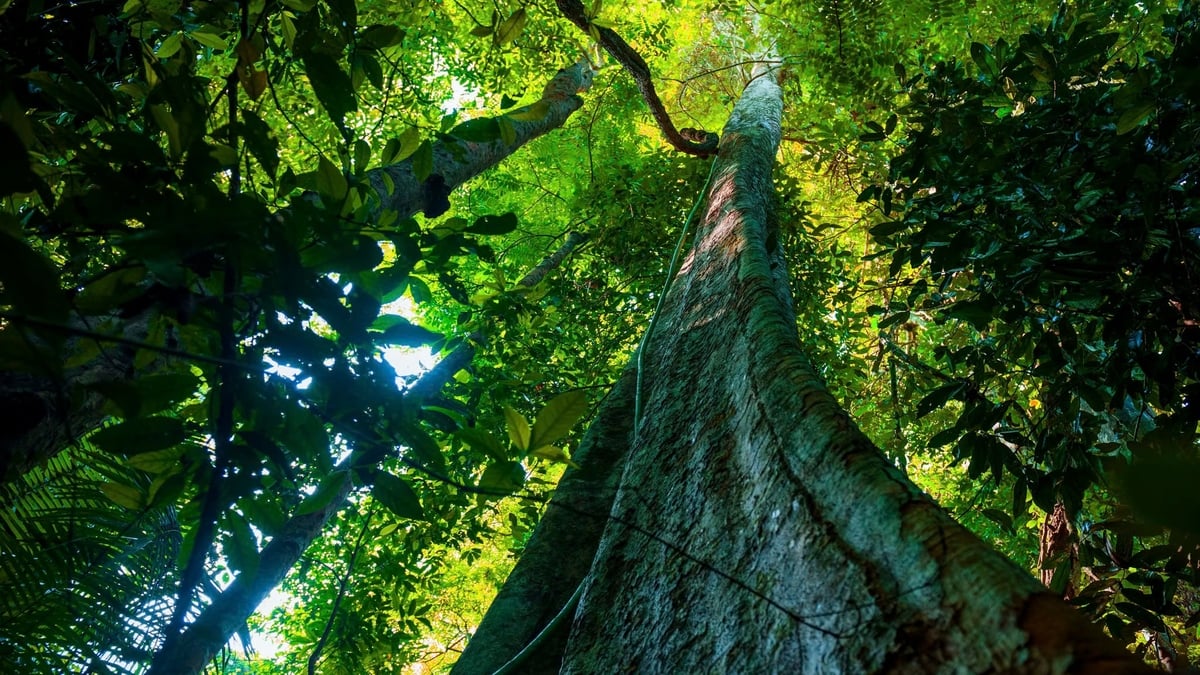
![[Photo] Welcoming ceremony for Hungarian President Sulyok Tamas and his wife on an official visit to Vietnam](https://vphoto.vietnam.vn/thumb/1200x675/vietnam/resource/IMAGE/2025/5/28/7956bacf4a3e4bde8326cb8f72a3b26c)
![[Photo] President Luong Cuong holds talks with Hungarian President Sulyok Tamás](https://vphoto.vietnam.vn/thumb/1200x675/vietnam/resource/IMAGE/2025/5/28/0f603676be6444aa9f52d4bd32582b4d)
![[Photo] Hungarian President and his wife take a walk and enjoy the view of Hoan Kiem Lake](https://vphoto.vietnam.vn/thumb/1200x675/vietnam/resource/IMAGE/2025/5/28/b9c83fbe6d5849a4805f986af8d33f39)

![[Photo] Hungarian President begins official visit to Vietnam](https://vphoto.vietnam.vn/thumb/1200x675/vietnam/resource/IMAGE/2025/5/27/ab75a654c6934572a4f1a566ac63ce82)
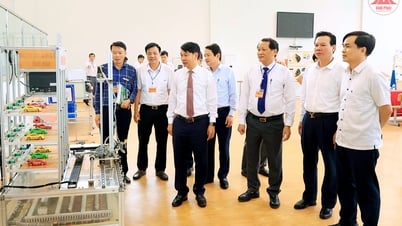








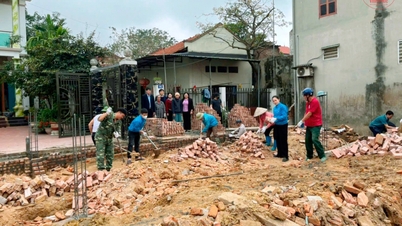




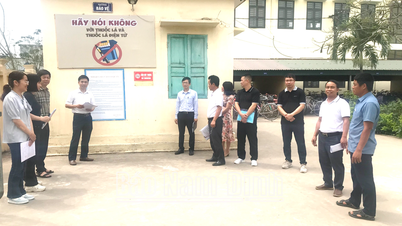
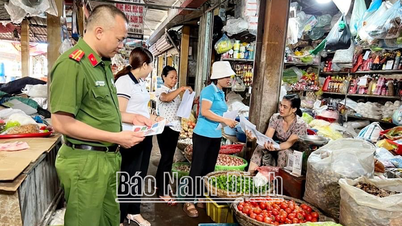
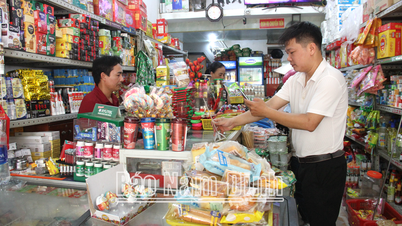
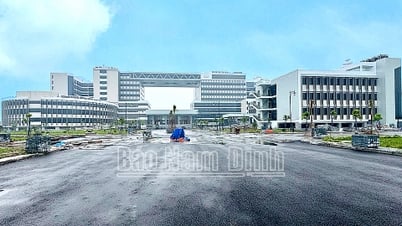
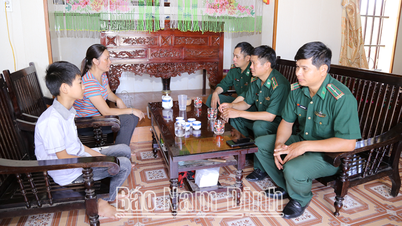
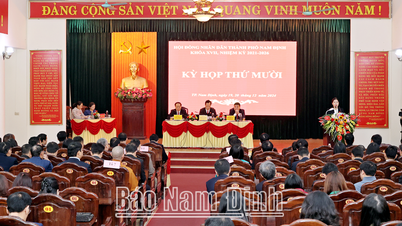
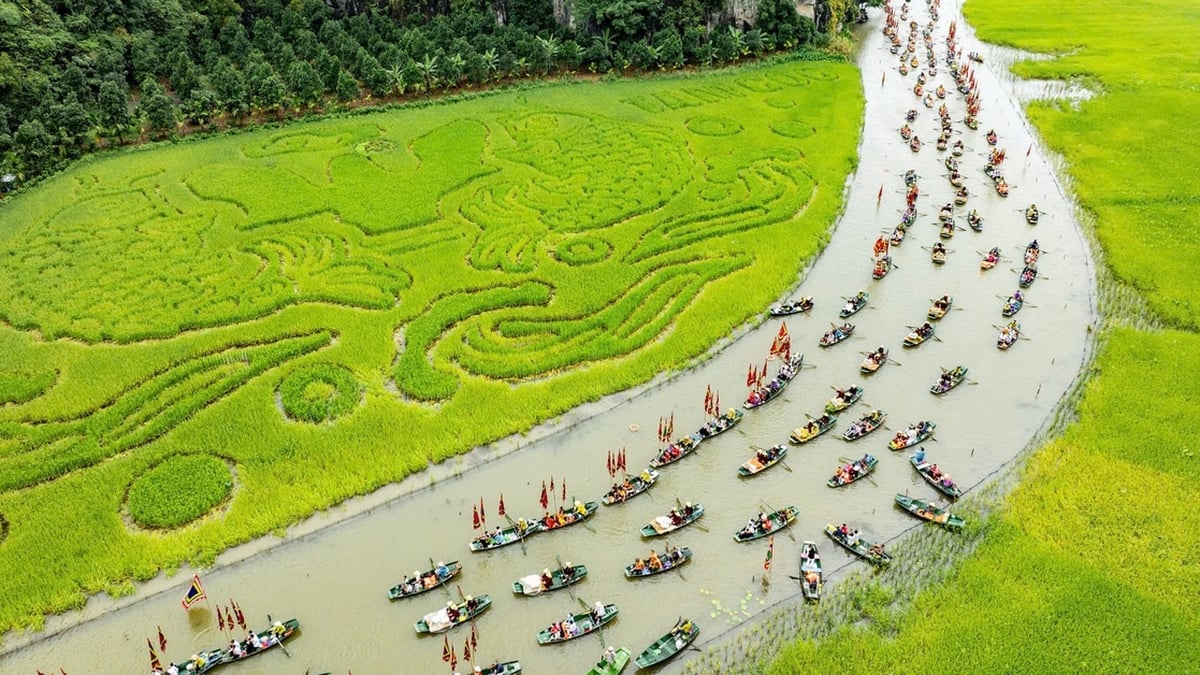























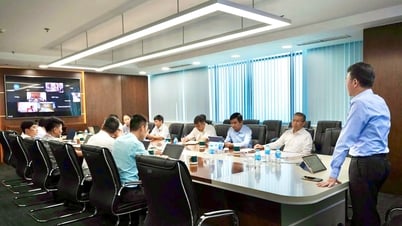

![[Case Study] VIMC – 30-year journey of overcoming waves and reaching far](https://vphoto.vietnam.vn/thumb/402x226/vietnam/resource/IMAGE/2025/5/28/ac45a93a62884eec85471e6c89ef521a)
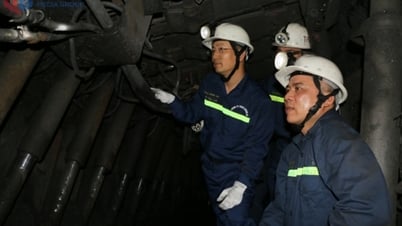


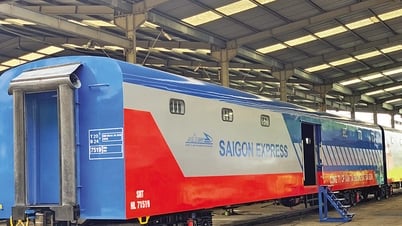
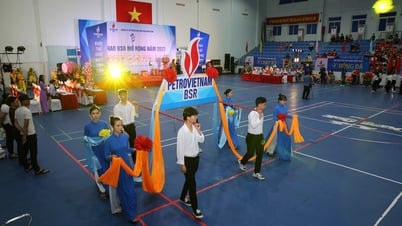




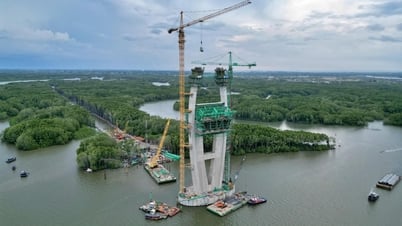







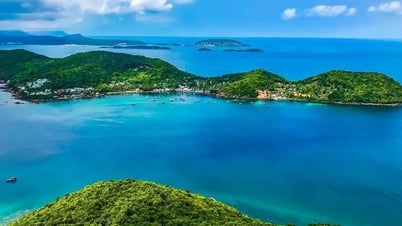
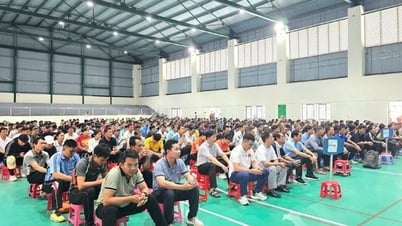
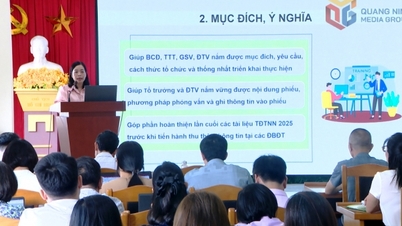
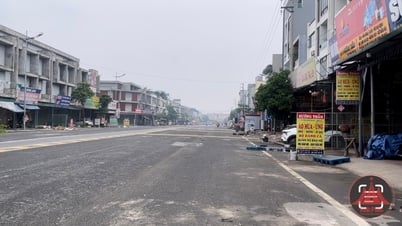
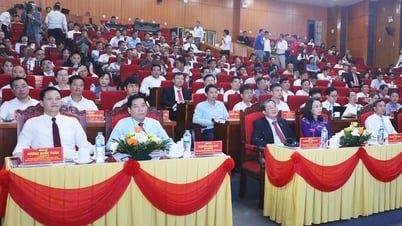

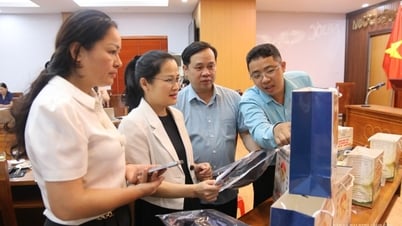

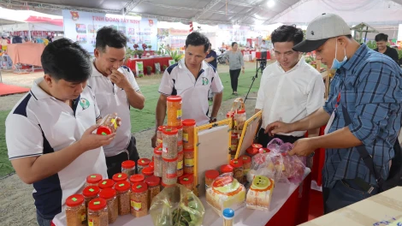



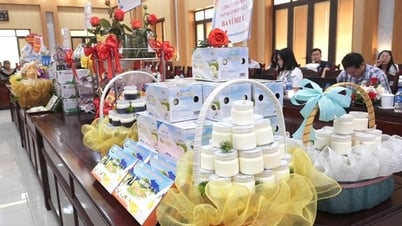



Comment (0)